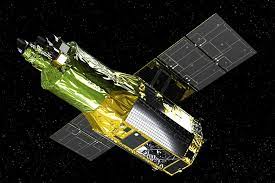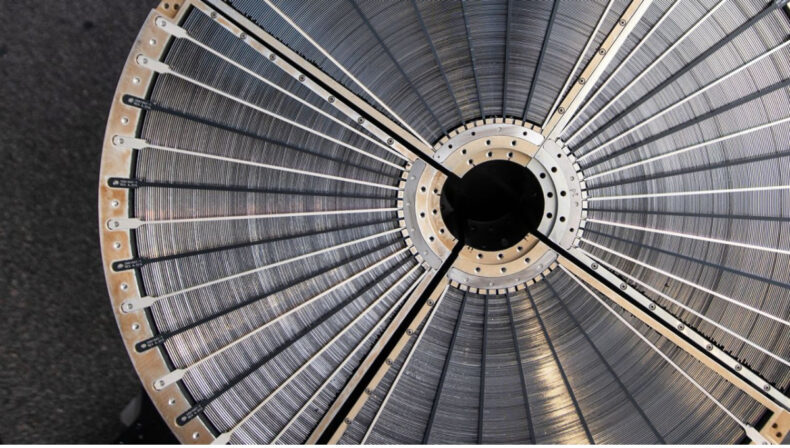28 August 2024. Japanese satellite XRISM (Pronounced as Crism) was scheduled to launch today on 9.26a.m. Japan Standard Time. Few days prior to this India successfully has been landed on the dark side of the Moon. Which seems to be inspirational to JAXA
Just four months had passed since April, when Japan’s first effort to land on the moon failed. However, the launch of XRISM has been postponed for the second time now. Less than 30 minutes before the scheduled time, the launch was delayed due to unfavourable weather, particularly high upper winds over the launch location.
A small, light spacecraft named SLIM with the nickname “Moon Sniper” was created as a “pinpoint” lander. Smart Lander for Investigating Moon is referred to as SLIM. By depending on high-precision landing technologies, this small-scale exploratory lander is intended to show a “pinpoint” landing at a specified place within 100 metres (328 feet), as opposed to the customary kilometre range. The mission was known as Moon Sniper because of its accuracy.
SLIM weighs 200 kilogrammes (440 pounds) dry, has box-like proportions of 2.4 metres by 1.7 metres by 2.7 metres, and weighs 200 kilogrammes (440 pounds) dry. Testing lightweight vehicles is the goal in order to enable more frequent journeys to moons and planets.
It features a navigation camera, radar, and a laser rangefinder to determine its height above the surface of the moon before landing. This “vision-based navigation” technique is used by SLIM to gauge and adjust its position for a precise landing.
A multiband spectral camera will examine the structure of rocks on the moon’s surface. A probe known as a Lunar Exploration Vehicle, which includes a Transformable Lunar Robot known as SORA-Q and shaped like an enormous egg and fitting in the palm of a hand, can detach in order to do further research on the surface.

Japan’s objective Is a successful Moon landing
According to Japanese officials, the goal is to transition from the “landing where we can” to the “landing where we want” era on a gravitationally stable celestial body, like the moon. You can jump nearly six times as high on the moon as you can on Earth because the moon has a gravity that is around one-sixth that of Earth. And that affects how satellites touch down on the moon’s surface.
JAXA (Japan Aerospace Exploration Agency) and NASA are partners in the X-Ray Imaging and Spectroscopy Mission(XRISM), which also enlists the help of the Canadian Space Agency and the European Space Agency.
Astronomers are interested in studying X-rays because they are produced by some of the universe’s most powerful objects and events. X-rays are so short in wavelength when compared to other types of light that they can pass through telescopes like the James Webb and Hubble that use dish-shaped mirrors to monitor and collect light that is visible, infrared, and ultraviolet.
In light of this, XRISM has a thousands individually curved nested mirrors that are more suited for X-ray detection. Once in orbit, the spacecraft will need to measure for a few months. Three years are needed to complete the mission.
According to NASA, the satellite can detect X-rays with energies between 400 and 12,000 electron volts, a value that is significantly more than the energy of visible light, which is between 2 and 3 electron volts. This detection range will make it possible to explore cosmic extremes throughout the cosmos.













